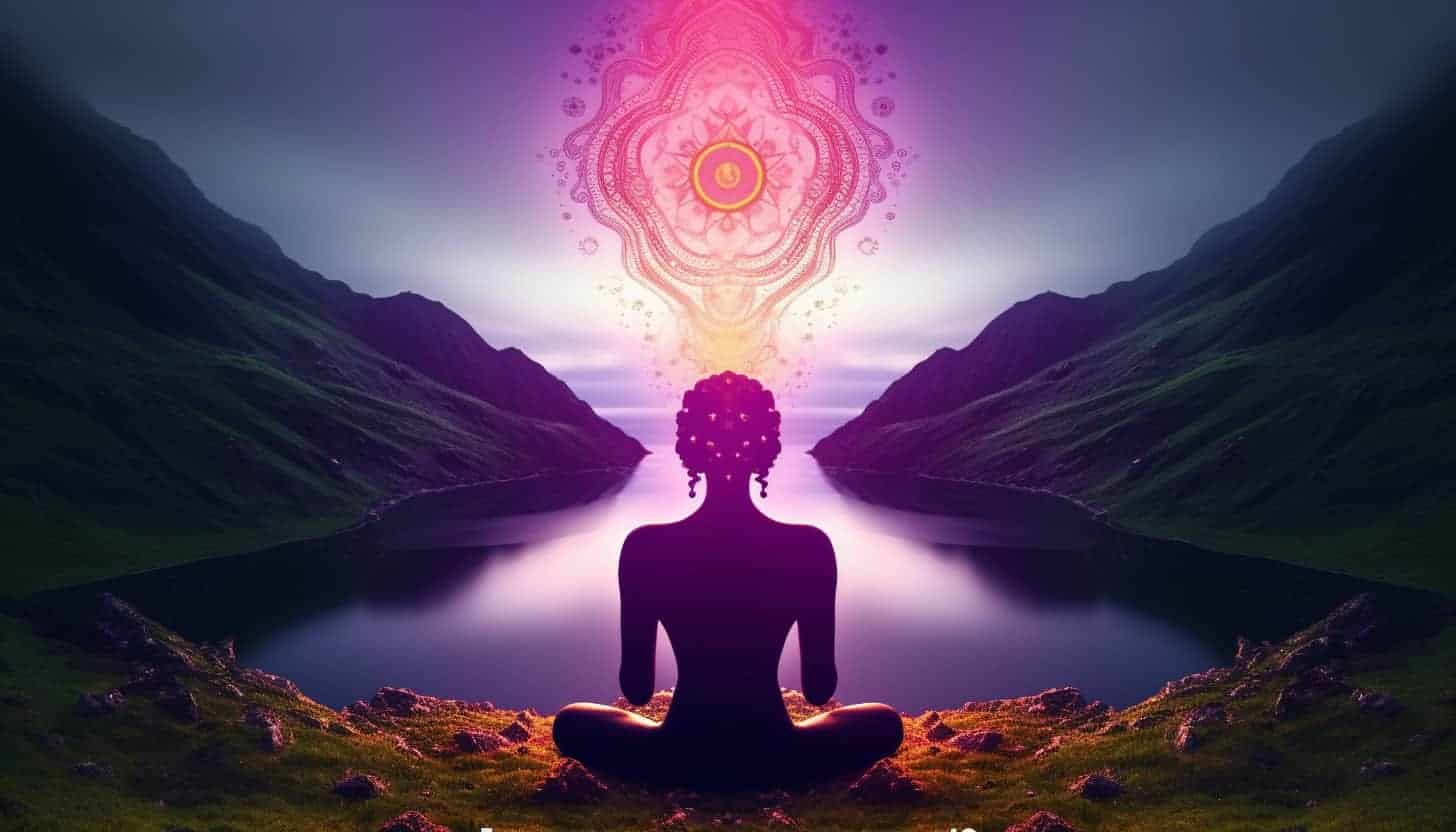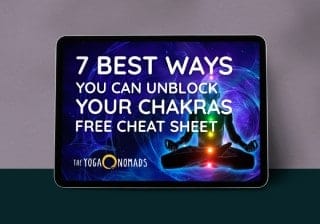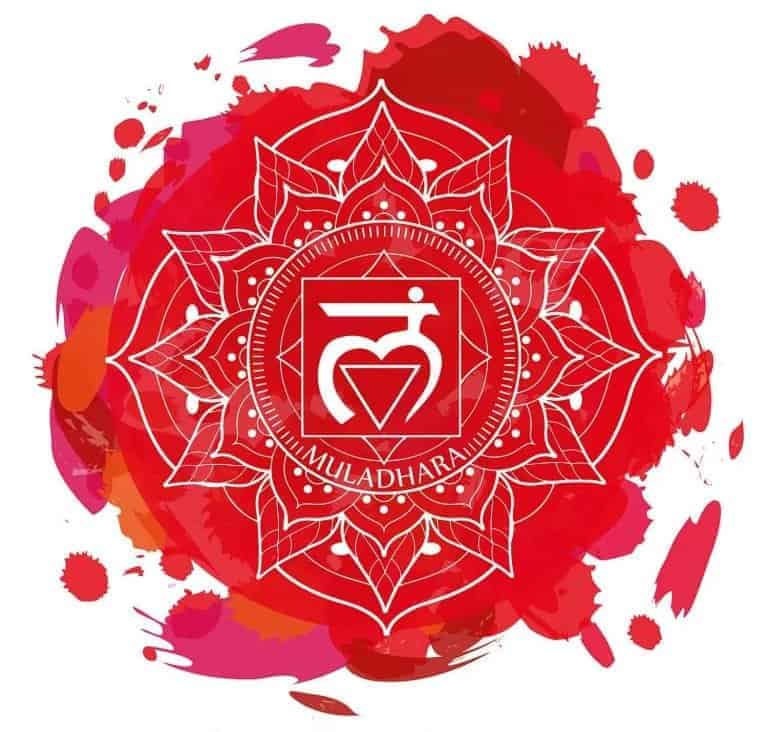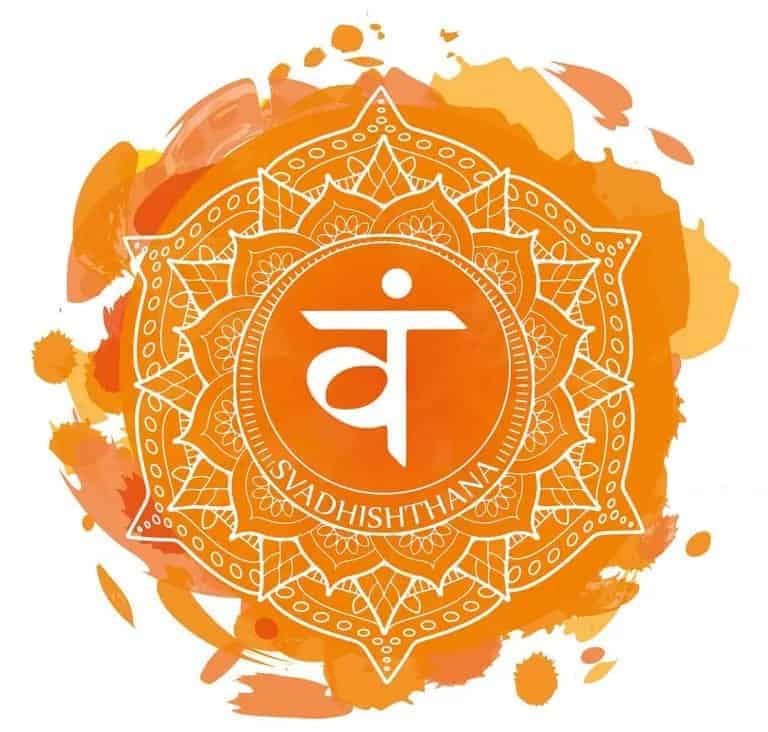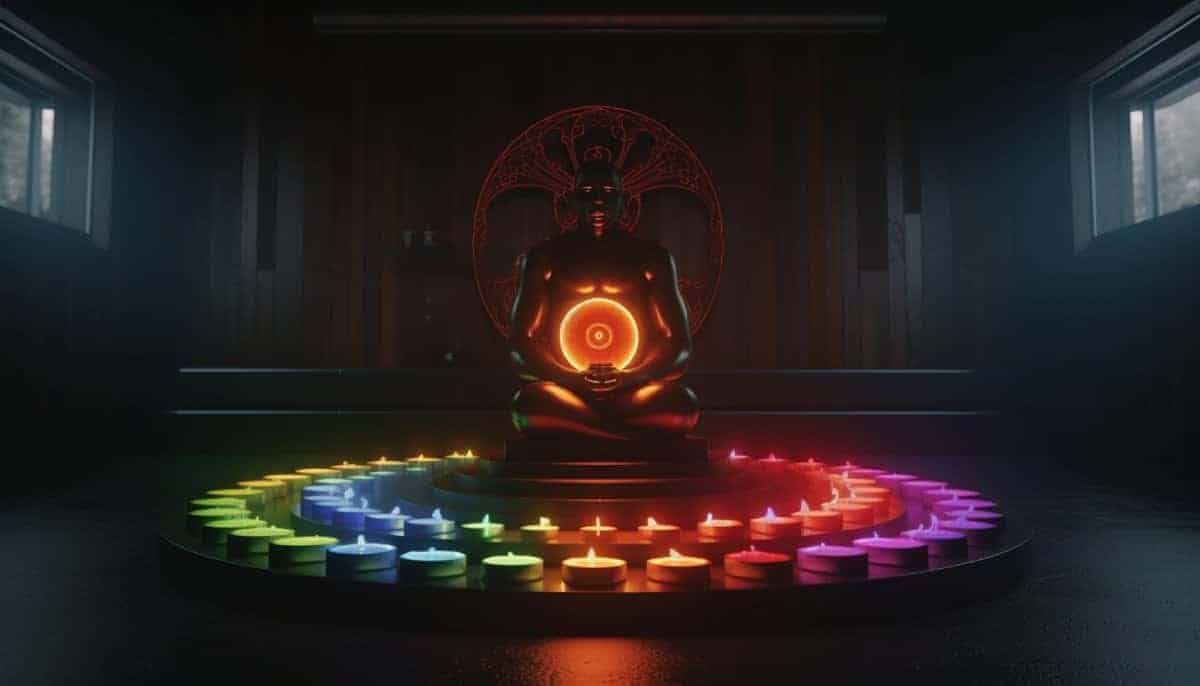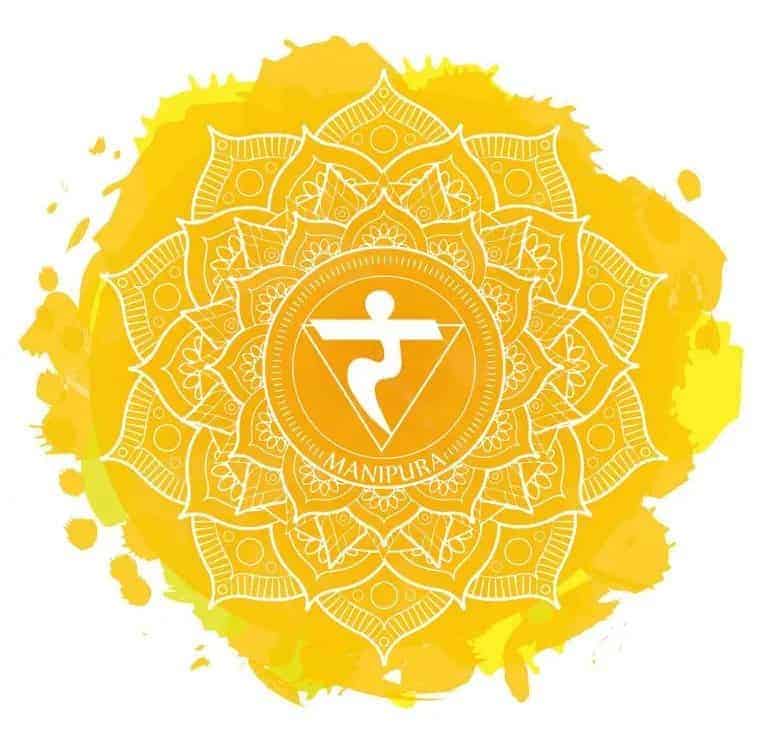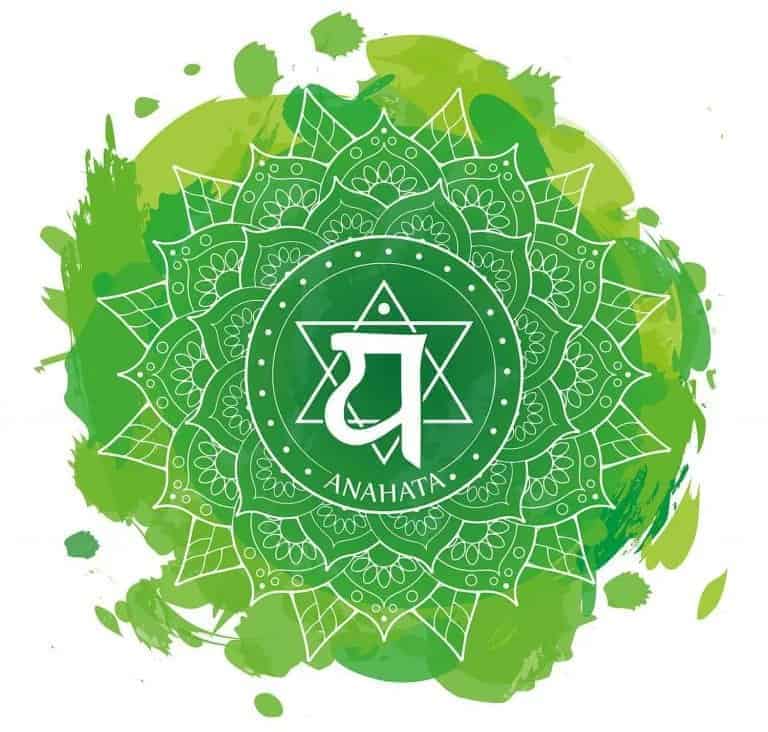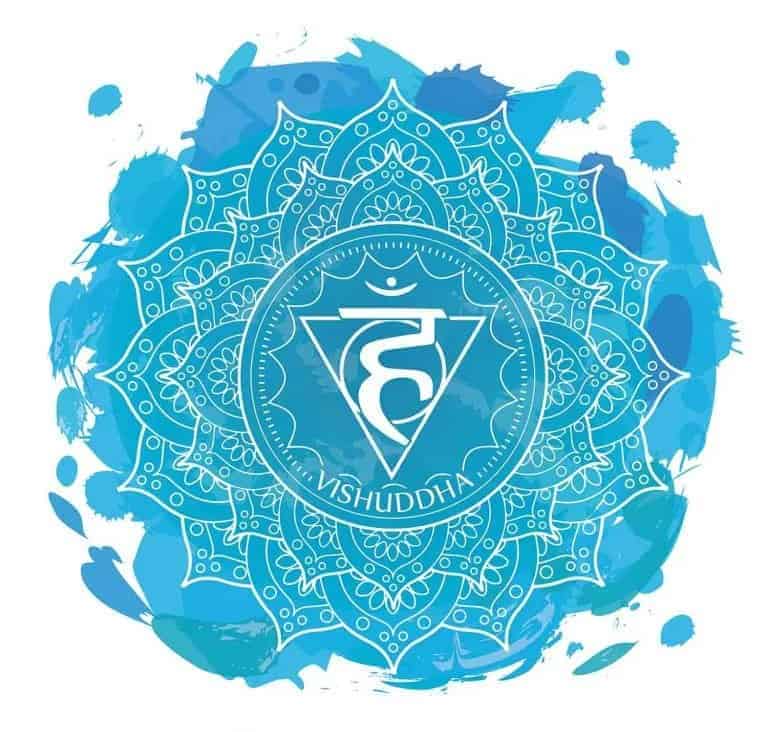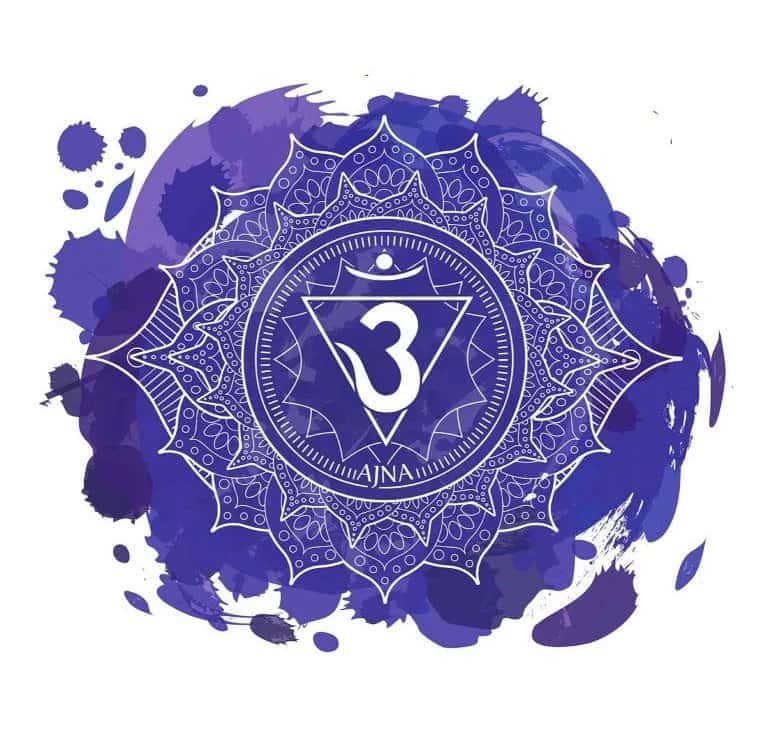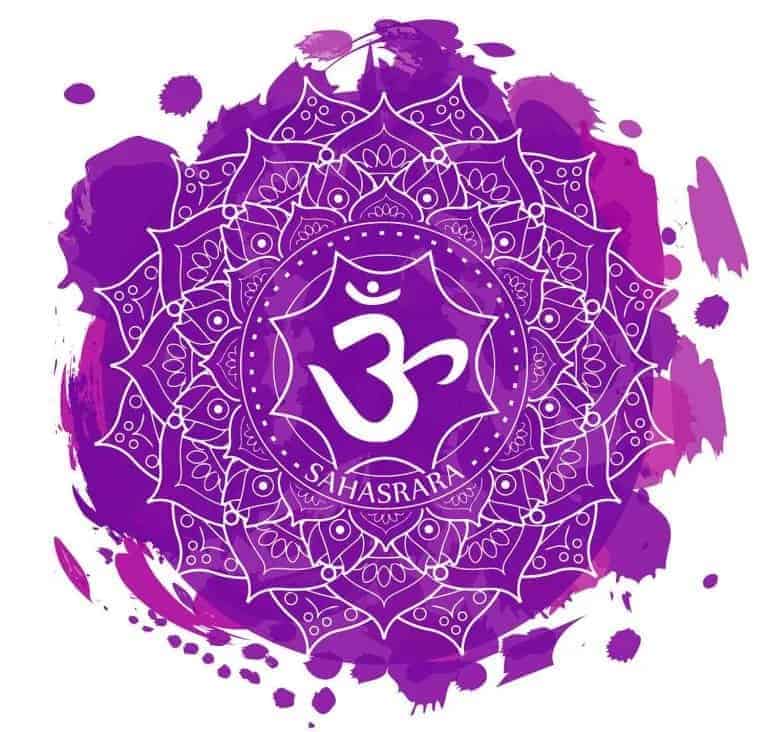Hello, beautiful souls! If you’re curious about chakras and how they influence your life, you’ve come to the right place. In this comprehensive guide, we’ll dive deep into the fascinating world of chakras, exploring their history, functions, and importance in our daily lives.
So, grab a cup of herbal tea, find a comfy spot, and let’s embark on this enlightening journey together.
Contents
- 1 A Quick Intro to the Chakras
- 2 The History of chakras
- 3 Chakra 101, a quick overview
- 4 How and why chakras get blocked
- 5 How to unblock and realign chakras
- 5.1 Meditation techniques
- 5.2 Breathing exercises (Pranayama)
- 5.3 Yoga postures and sequences
- 5.4 Sound healing and mantras
- 5.5 Crystal healing
- 5.6 Aromatherapy and essential oils
- 5.7 Energy healing techniques (Reiki, Qigong, etc.)
- 5.8 Affirmations for Chakra Healing
- 5.9 Visualization Techniques for Chakra Balance
- 5.10 Chakra Balancing Massage
- 5.11 Emotional Freedom Technique (EFT) for Chakra Healing
- 5.12 Chakra-Specific Exercises
- 6 Modern science and chakras
- 7 Chakras in daily life
- 8 FAQ
- 9 Final Thoughts
A Quick Intro to the Chakras
What are chakras?
Chakras are spinning energy centers within our bodies, connecting our physical, mental, and emotional selves. The word “chakra” comes from the Sanskrit language and means “wheel” or “disk.” There are seven main chakras, each corresponding to a specific location in the body, color, and aspect of our lives.
Importance of balanced chakras
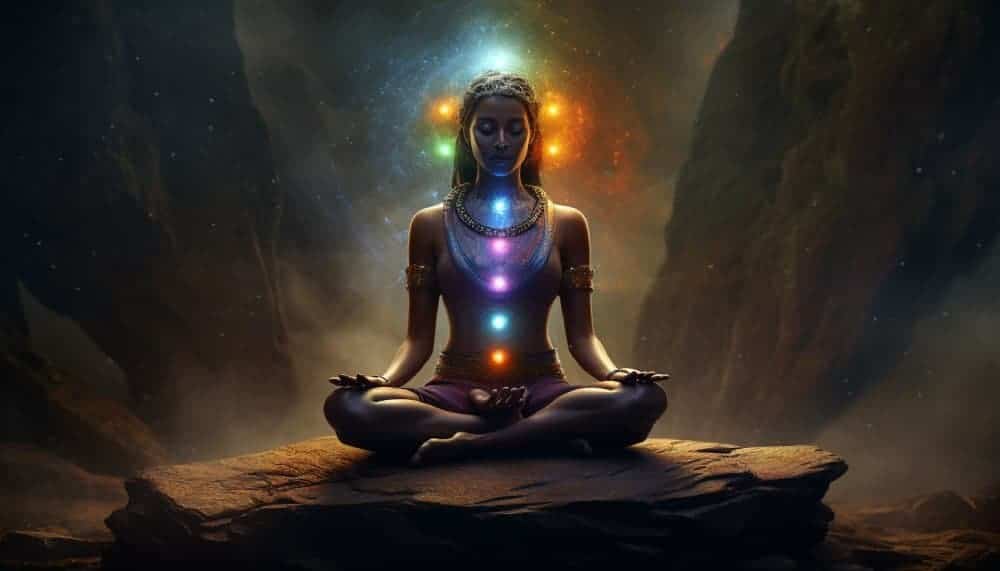
When our chakras are balanced and functioning harmoniously, we experience optimal health, happiness, and a strong sense of inner peace. However, when one or more chakras are blocked or misaligned, it can lead to various issues in our physical, emotional, and spiritual well-being. By understanding and working with our chakras, we can bring balance and harmony back into our lives.
The History of chakras
Origins in Ancient India
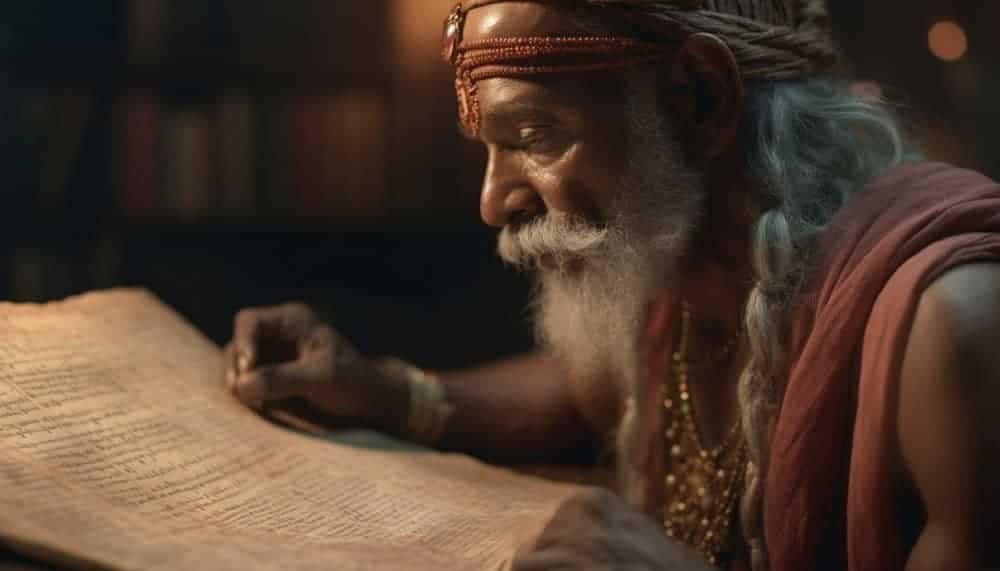
The concept of chakras dates back thousands of years to ancient India, where they were first mentioned in the sacred texts called the Vedas. Over time, chakra teachings evolved and expanded through various spiritual and philosophical traditions, including Hinduism, Buddhism, and Tantra.
Free Cheat Sheet: The 7 Best Ways to Unblock Chakras
Download nowDevelopment and evolution of chakra concepts
As chakra knowledge spread across the world, different cultures and traditions adapted and interpreted these energy centers in their own unique ways. Today, chakra teachings have become a significant part of Western holistic practices, often blending Eastern philosophies with modern psychology and energy healing modalities.
Chakras in different spiritual and philosophical traditions
Chakras play a central role in various spiritual practices, such as yoga, meditation, and energy healing. Each tradition may have its unique perspective on chakras, but they all share the common goal of achieving balance, self-awareness, and spiritual growth.
Chakras and modernity
Over the past two decades, interest in chakras and related practices has surged in Western countries. Google Trends data shows that searches for “chakras” have steadily increased since 2004, indicating a growing curiosity and engagement with chakra concepts.
Chakra 101, a quick overview
In this section, we’ll explore each of the seven main chakras, their properties, and how they influence our lives.
Root Chakra (Muladhara)
- Location: Base of spine
- Responsible for: Stability, security, core needs
- Color: Red
- Element: Earth
The Root Chakra is our foundation and represents stability, security, and basic needs. When balanced, we feel grounded, secure, and connected to the earth. If blocked, we may experience fear, anxiety, and a lack of stability in our lives.
When in balance:
The root chakra corresponds to the earth element and is associated with planting roots. Therefore, when the root chakra is balanced, you feel grounded, safe, and at ease. However, the root chakra does not just govern physical security. It determines how secure and at home you feel in yourself. So with a balanced first chakra, you’ll be able to do things independently yet have no issues relying or depending on others.
When unbalanced:
If the root chakra energy is weak, you may feel unstable and unsafe and struggle to feel like you belong. Because it is also linked to financial security, you are more likely to have money worries if your root chakra is unbalanced. People with blocked root chakras typically feel weak, fearful, and insecure. They may struggle to trust others and the world around them and expect bad things to happen.
Sacral Chakra (Swadhisthana)
- Location: Below the navel
- Responsible for: Regulating emotions, passion, creativity
- Color: Orange
- Element: Navel
The Sacral Chakra governs our emotions, creativity, and desire. When balanced, we experience healthy emotional expression, creativity, and passion. If blocked, we may struggle with emotional imbalance, lack of inspiration, and unhealthy relationships.
When in balance:
People with a balanced sacral chakra can tap into their creative potential and freely express themselves. In addition, they feel emotionally stable with a healthy physical drive and connection to the senses. Someone with a balanced second chakra will feel joy and pleasure from things and experience passion, both romantically and with life pursuits.
When unbalanced:
An unbalanced sacral chakra typically results in the inability to control your emotions. and express yourself. As a result, you may lack self-worth around pleasure and thus, not allow yourself to experience joy in life.
Chakra Test: Discover Your Strongest, and Weakest, Chakras
Take the free testPeople with blocked sacral chakras also struggle to find something in life they feel passionate about and lack romantic passion in relationships. Creative and passion blocks are also common. An underactive second chakra can manifest physically as lower back pain and reproductive issues.
Solar Plexus Chakra (Manipura)
- Location: Above the navel
- Responsible for: Self-esteem, confidence, willpower, inner strength
- Color: Yellow
- Element: Fire
The Solar Plexus Chakra is the center of our personal power, self-esteem, and assertiveness. When balanced, we feel confident, capable, and in control of our lives. If blocked, we may experience feelings of low self-worth, powerlessness, and difficulty making decisions.
When in balance:
A balanced solar plexus chakra gives you the confidence, self-belief, and inner strength to turn your dreams into reality. You will feel courageous with no fear of taking risks, and you’ll be able to pick yourself up after knockbacks and failures. A person with a strong Manipura chakra also has a high level of energy and vitality.
When unbalanced:
If your Manipura chakra is blocked, you’ll lack confidence and self-belief, resulting in either holding yourself back and staying small or self-sabotaging. You may get ideas and start new projects but fail to follow them through. On a physical level, you’ll likely suffer fatigue and experience issues with digestion, as this chakra is linked to the digestive organs.
On the other hand, if your Manipura chakra is overactive, you may be controlling, power-hungry, self-centered, and competitive. As a result, you’ll likely get angry quickly and experience heartburn or ulcers.
Heart Chakra (Anahata)
- Location: Center of chest
- Responsible for: Relationship with self and others, ability to give and feel love
- Color: Green
- Element: Air
The Heart Chakra is the bridge between the lower and higher chakras, governing love, compassion, and forgiveness. When balanced, we experience unconditional love for ourselves and others, empathy, and emotional healing. If blocked, we may struggle with self-love, resentment, and difficulty forming deep connections.
When in balance:
A person with a balanced heart chakra freely feels and expresses love, joy, and gratitude. They can see their blessings and the beauty around them, and, as a result, they enjoy successful, happy relationships. They can feel empathy towards others and can forgive easily. Moreover, they fully love and accept themselves and can set healthy boundaries, resulting in the sense of harmony within.
When unbalanced:
Someone with a blocked heart chakra will find it difficult to feel love, compassion, and understanding for others and will find it equally challenging to accept love. In addition, outside of relationships, they will struggle to find things to be grateful for, as they have a tendency to see the bad in people and situations.
The root of a blocked chakra is a lack of self-love and acceptance, as a person cannot give love to others until they can love themselves. Because the Anahata chakra is associated with touch and air (prana), physical symptoms of a blocked heart chakra can be seen in the skin, hands, and lungs.
Throat Chakra (Vishuddha)
- Location: Throat
- Responsible for: Communication
- Color: Light blue
- Element: Space/Ether
The Throat Chakra is responsible for communication, self-expression, and truth. When balanced, we can speak and listen with clarity and authenticity. If blocked, we may encounter difficulties expressing ourselves, communicating with others, or standing up for our beliefs.
When in balance:
If your throat chakra is balanced, you’ll feel confident in public speaking and expressing your ideas and opinions. You’ll be able to clearly articulate your words and speak your truth without holding back. You’ll also be able to listen to others and participate in debates and heated conversations without turning them into arguments.
When unbalanced:
If there is a blockage in your fifth chakra, you’ll struggle to communicate with others and express yourself fully. Firstly, if the chakra is underactive, you might hold back in speaking your truth and instead say what you think will please others. In addition, you’ll likely detest public speaking and avoid sharing ideas in meetings.
On the other hand, if the chakra is overactive, you might find it challenging to listen to others and tend to gossip. People with overactive throat chakras are more likely to speak over others, shut them down, and not give them space to share their views.
Third-Eye Chakra (Ajna)
- Location: Between the eyebrows
- Responsible for: Intuition and imagination
- Color: Indigo
- Element: Light
The Third-Eye Chakra is the center of intuition, insight, and spiritual wisdom. When balanced, we can access our inner guidance, heightened perception, and psychic abilities. If blocked, we may feel disconnected from our intuition, lack clarity, or struggle with decision-making.
When in balance:
If your third-eye chakra is open, you’ll be able to see the bigger picture in situations and will make decisions without the egos’ influence. You’ll be able to hear and follow guidance and affirmation from the universe through your intuition and have a strong imagination.
When unbalanced:
If your third-eye chakra is blocked, you’ll be overly attached to the external world and unable to connect to your inner wisdom. An Ajna chakra blockage can manifest physically as headaches and vision problems. It’s also possible for the third chakra to be overactive. If this happens, you’ll likely be cynical about beliefs different from yours and have trouble accepting reality.
Crown Chakra (Sahasrara)
- Location: Top of the head
- Responsible for: Spiritual connection
- Color: Purple
- Element: Cosmic energy
The Crown Chakra connects us to the divine, universal consciousness, and higher states of awareness. When balanced, we experience spiritual enlightenment, unity, and a sense of oneness with all living beings. If blocked, we may feel disconnected from our spiritual selves, lack purpose, or struggle with existential questions.
When in balance:
People with a balanced crown chakra have a strong spiritual connection to their higher selves. They have fully detached from their ego and external circumstances, and they experience bliss and divine consciousness.
When unbalanced:
A person with a blockage in the seventh chakra will seek happiness in the external world rather than within. They may also be narrow-minded, stubborn, and even dismiss the existence of spirituality. It is also possible for the crown chakra to become overactive. In this case, a person will lose touch with reality and struggle to function in the physical world.
Colors and associated elements
Each chakra is associated with a specific color and element, which can be used in various healing modalities, such as color therapy, visualization, or crystal healing, to help balance and align the energy centers.
Chakras Beyond the Seven
Although the seven main chakras are the most well-known, there are believed to be many more minor chakras throughout the body. Some say 8, or 12 chakras, and some traditions mention as many as 114, with 72,000 nadis (energy channels) connecting them.
How and why chakras get blocked
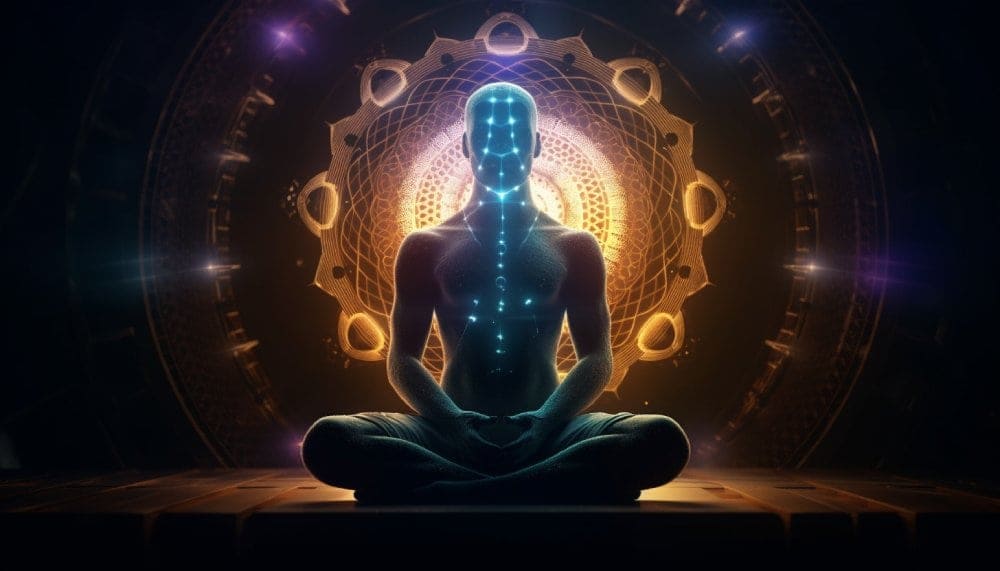
Common causes of blocked chakras
Blocked chakras can be caused by various factors, including stress, trauma, negative emotions, unhealthy habits, or even environmental factors. Identifying the root cause of the blockage is the first step in restoring balance to our energy centers.
Identifying blocked chakras
Physical, emotional, or mental imbalances can provide clues to which chakra may be blocked. For example, frequent throat infections or difficulty expressing oneself may indicate a blocked Throat Chakra, while feelings of insecurity or anxiety could signal an imbalance in the Root Chakra.
The impact of blocked chakras on physical, mental, and emotional health
Blocked chakras can manifest in various physical, mental, and emotional issues. By addressing the root cause of the blockage and working to realign the chakras, we can restore balance and promote overall well-being.
How to unblock and realign chakras
Meditation techniques
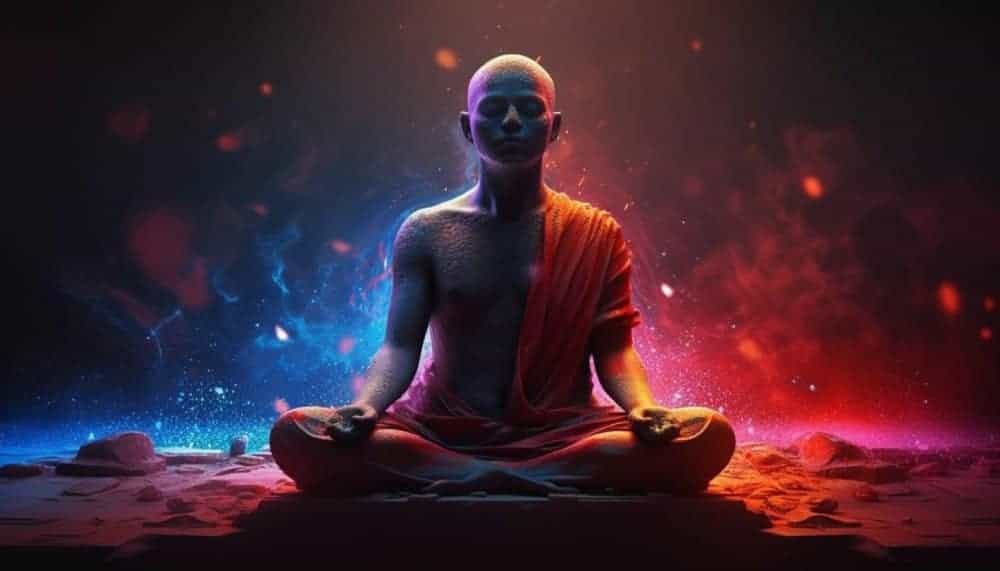
Meditation is a powerful tool for unblocking and realigning chakras. Focus on each chakra, visualizing its color and energy, and use affirmations or mantras to help release blockages and restore balance.
Breathing exercises (Pranayama)
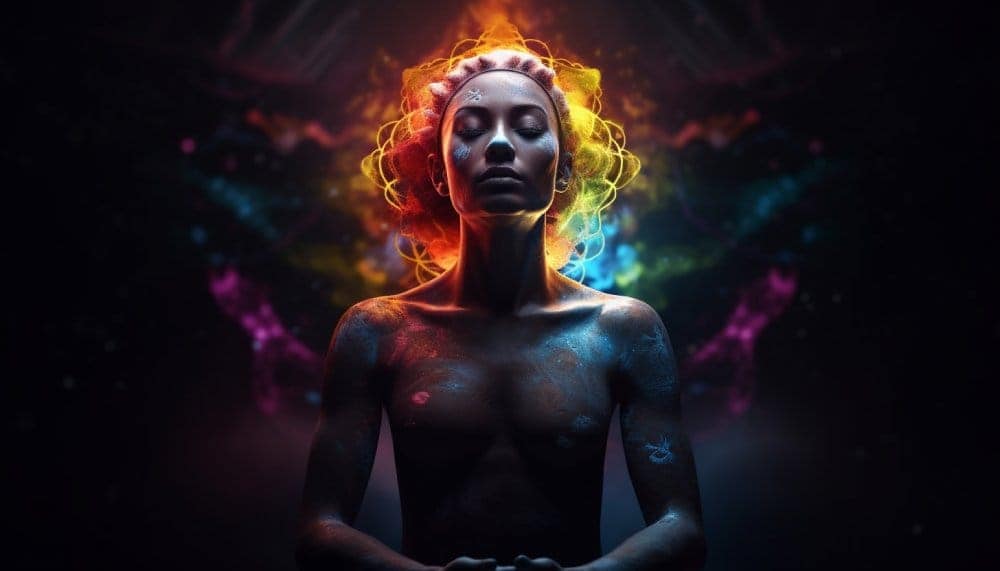
Pranayama, or controlled breathing, can help cleanse and balance the chakras by promoting the flow of vital energy (prana) throughout the body.
Yoga postures and sequences
Yoga poses and sequences designed to target specific chakras can help release energy blockages and stimulate the flow of energy. Practicing yoga regularly can contribute to overall chakra balance and well-being.
Sound healing and mantras

Using sound healing techniques or frequencies, such as chanting mantras or using singing bowls, can help balance and unblock chakras by aligning the vibrations of the energy centers with the healing frequencies of sound.
Crystal healing
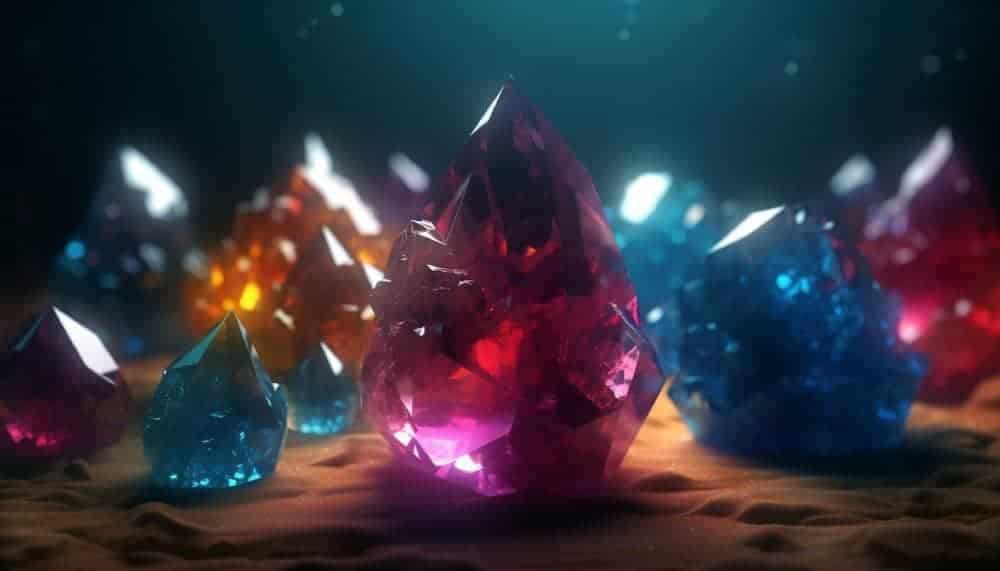
Crystals are known for their unique energetic properties, which can help balance and align chakras. Placing specific crystals on or near the corresponding chakra during meditation or energy healing sessions can help amplify the healing process.
Aromatherapy and essential oils
Essential oils have unique energetic properties that can help support chakra balancing. Diffusing or applying specific oils associated with each chakra can enhance meditation, yoga, or energy healing practices.
Energy healing techniques (Reiki, Qigong, etc.)
Energy healing modalities, such as Reiki or Qigong, can help restore balance to the chakras by channeling healing energy and removing blockages from the energy centers.
Affirmations for Chakra Healing
Affirmations are powerful tools that can help reinforce balance and release blockages within our chakras. By repeating positive statements related to each chakra, we can cultivate a supportive mindset and encourage the flow of energy. Practice these affirmations daily, either upon waking or during meditation, to enhance their effectiveness. Feel free to create your own personalized affirmations to address your unique needs and intentions for each energy center.
Visualization Techniques for Chakra Balance
Visualization is a potent technique for unblocking chakras and promoting harmony within our energy centers. To practice visualization, find a quiet space to relax and picture each chakra as a spinning wheel of energy, glowing with its associated color. Imagine the energy flowing freely through each chakra, releasing any blockages or tension. Regular visualization exercises can help strengthen our connection to our energy centers and support overall well-being.
Chakra Balancing Massage
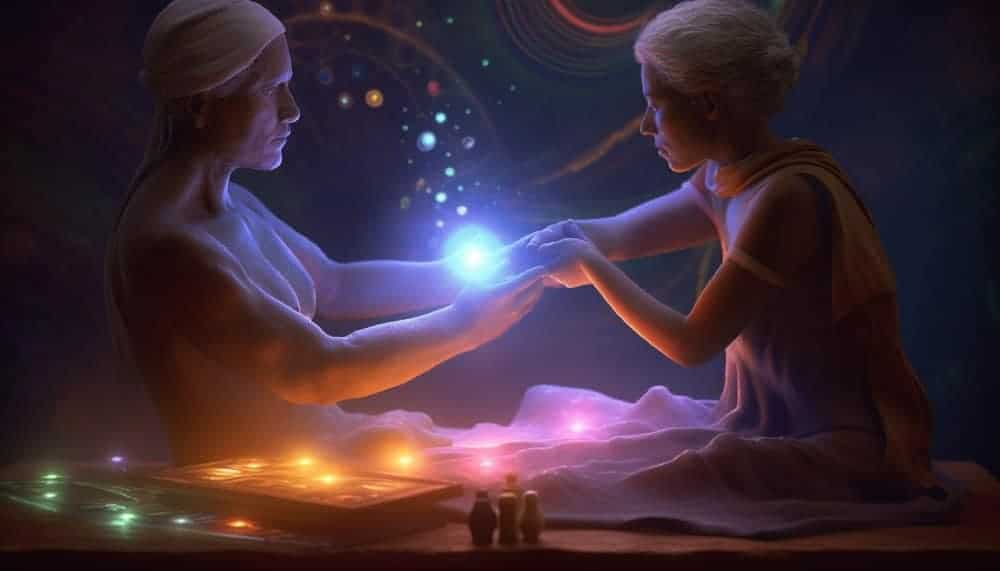
A chakra balancing massage is a specialized therapy that focuses on stimulating energy flow, releasing tension, and unblocking chakras. By applying gentle pressure to specific chakra points and incorporating energy healing techniques, a skilled therapist can help restore balance to your energy centers. When seeking a chakra balancing massage, ensure that you find a qualified practitioner who understands the intricacies of the chakra system.
Emotional Freedom Technique (EFT) for Chakra Healing
EFT, also known as “tapping,” is an innovative technique that combines acupressure with focused intention to release energy blockages and promote emotional healing. By tapping on specific points on the body while concentrating on the blocked chakra and related emotions or thoughts, you can help clear stagnant energy and restore balance. EFT is a versatile practice that can be adapted for each chakra and tailored to your unique emotional landscape.
Chakra-Specific Exercises
Engaging in physical activities that target specific chakras can be a fun and effective way to stimulate energy flow and release blockages. Practices like dance, tai chi, or even specific workout routines can be tailored to address the needs of each chakra. By incorporating movement into your chakra healing practice, you can support the flow of energy through your body and enjoy the added benefits of physical exercise for overall well-being.
Modern science and chakras
Scientific studies on chakras
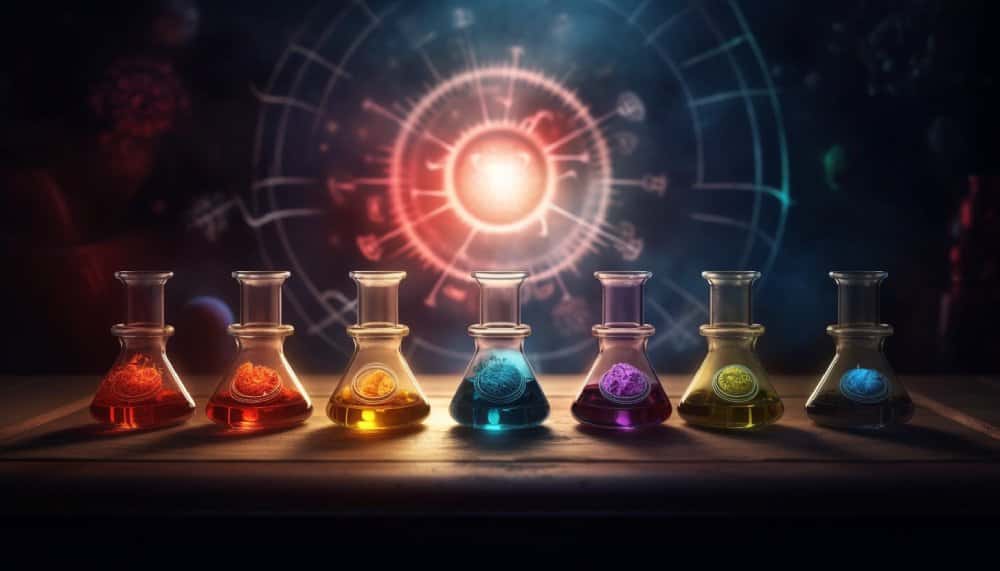
While there is limited scientific evidence to support the existence of chakras, many researchers have explored the potential connections between chakras and aspects of modern psychology, neuroscience, and the placebo effect.
The connection between chakras and the nervous system
Some theories suggest that the chakras may correspond to specific nerve plexuses or endocrine glands in the body, providing a possible link between the energetic and physiological aspects of our being.
Chakras and psychology
Many chakra concepts, such as personal power or self-expression, are closely related to modern psychological theories. Working with chakras can provide an additional dimension to understanding and healing emotional and mental challenges.
Chakras and the placebo effect
The placebo effect demonstrates the power of our beliefs and expectations in influencing our healing process. Engaging with chakra practices may help tap into this power, promoting overall well-being and balance.
Chakras in daily life
Integrating chakra work into your routine
Incorporating chakra practices into your daily life can help maintain balance and harmony. Regular meditation, yoga, or energy healing sessions, along with mindful attention to your thoughts, emotions, and physical sensations, can contribute to ongoing chakra health.
Tips for maintaining chakra balance
Stay open to self-reflection, practice gratitude, and nurture a positive mindset to support chakra balance. Embrace a holistic approach to well-being by addressing physical, emotional, and mental aspects of your life.
The role of food and nutrition in chakra health
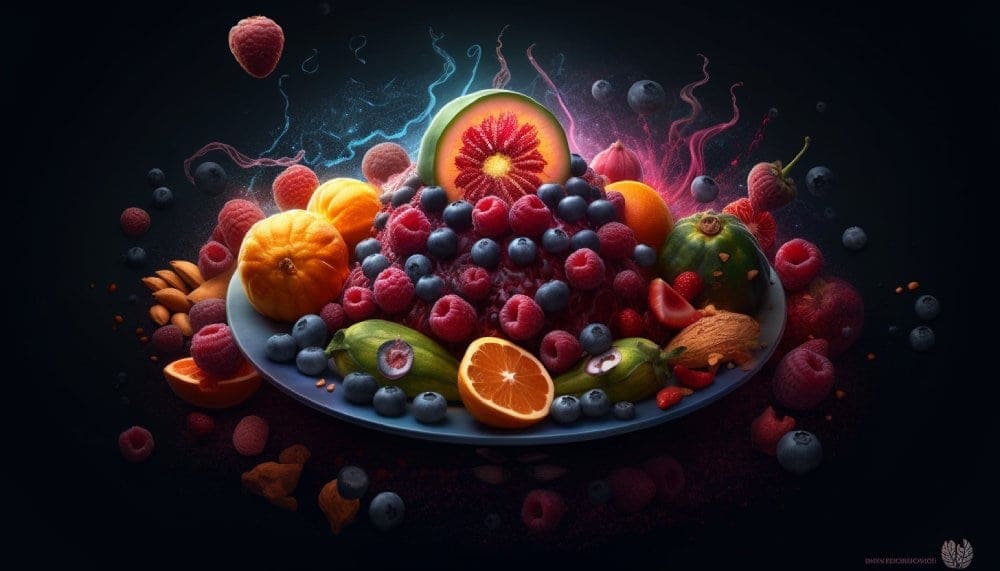
A balanced, nutritious diet can support chakra health by providing the body with the energy and nutrients it needs to maintain optimal function. Eating a variety of colorful fruits and vegetables, whole grains, and lean proteins can help nourish your body and your energy centers.
Chakras and relationships
Understanding chakras can help improve our relationships by providing insights into our emotional and energetic patterns. Fostering healthy communication and empathy, as well as working on our personal growth, can contribute to more harmonious connections with others.
FAQ
What do the 7 chakras mean?
The 7 chakras are spinning energy centers within our bodies that connect our physical, mental, and emotional selves. Each chakra corresponds to a specific location, color, and aspect of our lives, from our basic needs and self-esteem to communication and spiritual enlightenment. Balancing these chakras promotes harmony, well-being, and personal growth.
How do you know if your chakras are blocked?
Chakra blockages can manifest as physical, emotional, or mental imbalances. For instance, you might experience anxiety, low self-esteem, difficulty expressing yourself, or disconnection from your intuition. By paying attention to these signs and engaging in chakra-balancing practices, you can restore harmony and balance in your energy centers.
What religion believes in chakras?
The concept of chakras originated in ancient India and features in spiritual and philosophical traditions such as Hinduism, Buddhism, and Tantra. However, chakra teachings have since been adapted and integrated into various cultures and holistic practices worldwide, transcending religious boundaries and appealing to people from diverse spiritual backgrounds.
What are chakras and how do they work?
Chakras are energy centers in our bodies that regulate the flow of vital energy (prana) and influence our overall well-being. These spinning wheels of energy help connect our physical, emotional, and mental aspects, ensuring harmony and balance. When chakras are aligned and functioning properly, we experience optimal health, happiness, and a strong sense of inner peace.
Final Thoughts
Embracing a holistic approach to wellbeing
Working with chakras is a journey of self-discovery and growth. By embracing a holistic approach to well-being and nurturing balance in our energy centers, we can cultivate a deeper connection with ourselves, others, and the world around us. Remember that the journey to chakra balance is an ongoing process, and it’s essential to be patient, compassionate, and open to change.
The ongoing journey of chakra exploration and personal growth
As you delve deeper into the world of chakras, you may discover new aspects of yourself and unlock hidden potential. Be open to learning, exploring, and evolving as you continue your journey towards greater self-awareness, balance, and well-being.
And there you have it – a comprehensive guide to understanding and working with your chakras. Whether you’re a seasoned yogi or just beginning your spiritual journey, remember that knowledge, practice, and self-compassion are the keys to unlocking the transformative power of these incredible energy centers. Namaste!


